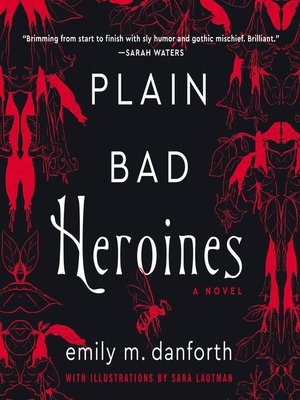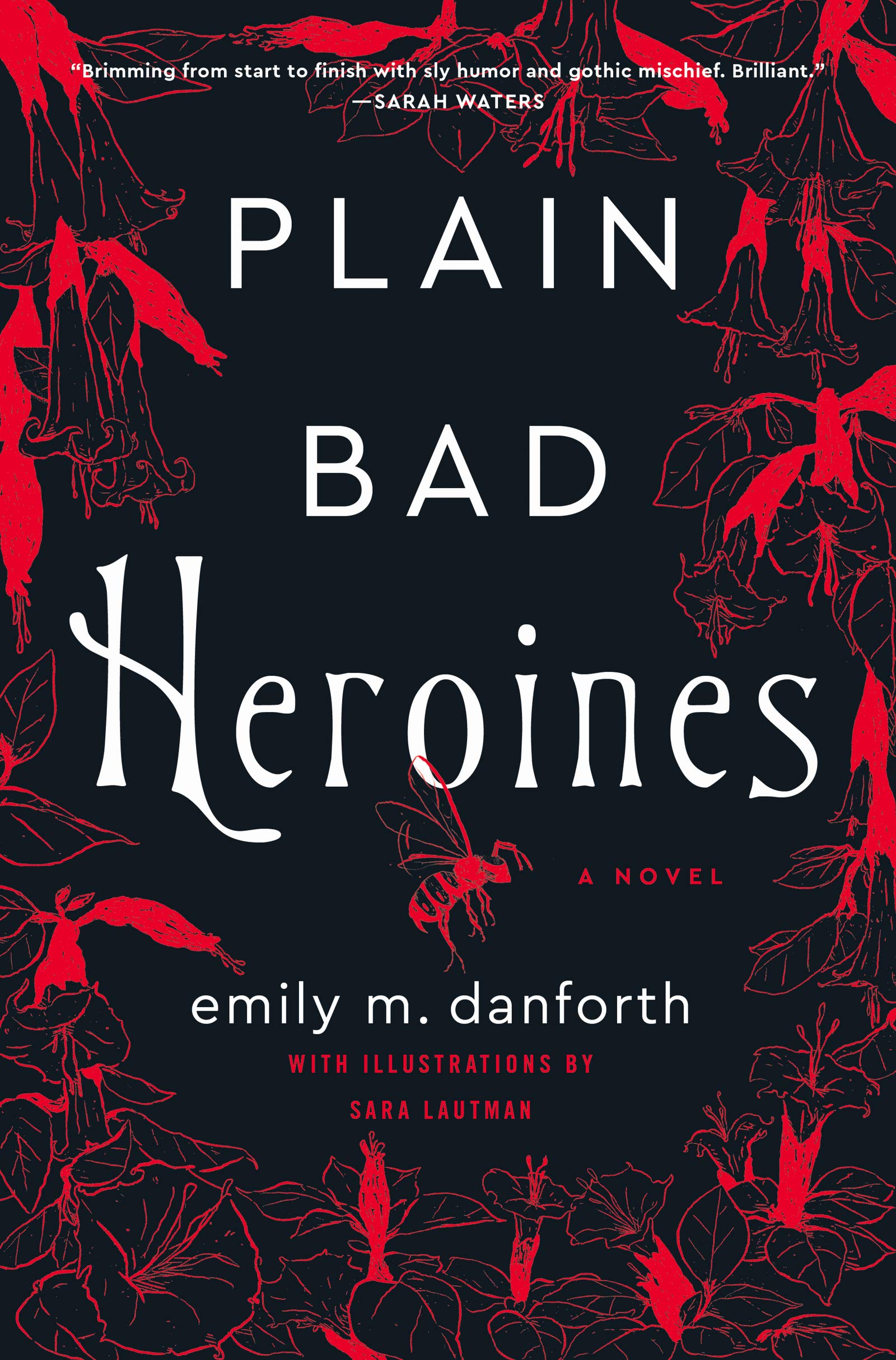
(As you’ll see, Readers, Harold Brookhants had a real thing for French pretensions.)

It was Harold Brookhants, before his death ceased his involvement in the plans for the school, who had insisted on naming it The Orangerie. *In case you’re not familiar, think of an orangerie as a kind of showy greenhouse/conservatory. (While some structures at Brookhants had by then been electrified, The Orangerie was not among them.) Once she could see, Eleanor donned her work pinafore to water and feed, treat for pests, and pluck away death and deformity from branches and stems. Most mornings, she was the first to arrive there, setting its gas lamps glowing if the thin light of pre-dawn wasn’t enough to see by-which it usually wasn’t. Seven mornings a week, Eleanor worked in The Orangerie, tending to the plants and, in the winter, feeding firewood to its elaborate and cantankerous heating system. And that was that: the book was now hers.Įleanor hid it in the back of a potting cupboard in the Brookhants Orangerie,* a glinting expanse of glass and light jutting off one side of Main Hall. Our Eleanor Faderman watched him do this.

When the principal finally opened her door to invite him in, the detective left the copy of the book on the table outside her office. He was new to the Pinkerton agency and unhappy with this assignment: the deaths of Clara and Flo were, of course, gruesome and terrible, but he believed they were also wholly accidental, a cruelty of nature.

That detective had been disinterestedly thumbing through the book as he waited to speak to Principal Libbie Brookhants about the tragedy.

She had her chance due to the carelessness of a Pinkerton hired by Flo’s mother to investigate her death. Given these abilities, it wasn’t difficult for Eleanor Faderman to filch the copy of the book that returned with the bodies and then keep quiet about it, too.


 0 kommentar(er)
0 kommentar(er)
